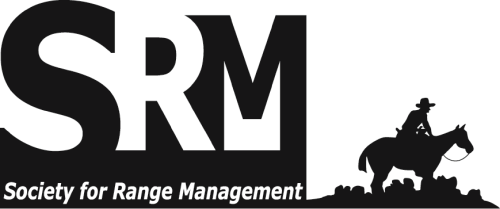On the Ground • Toxic larkspur (Delphinium species) cause large economic losses from cattle deaths, increased management costs, and reduced utilization of pastures and rangelands. • We recommend that you obtain a risk assessment for larkspur on your range before turning out the cattle. Submit samples to USDA–ARS Poisonous Plant Research Laboratory for chemical evaluation at no charge. Information is available at: http://www.ars.usda.gov/main/site_main. htm?modecode=54-28-20-00. • Selection of cattle resistant to larkspur poisoning could reduce cattle losses and improve rangeland utilization. • The use of genetic-based herd management decisions can provide a tool for livestock producers to improve their profit margin and enhance the economic sustainability of rural American communities. The Rangelands archives are made available by the Society for Range Management and the University of Arizona Libraries. Contact lbry-journals@email.arizona.edu for further information. Migrated from OJS platform March 2020

Practical, non-technical peer-reviewed articles published by the Society for Range Management. Access articles on a rolling-window basis from vol 1, 1979 up to 3 years from the current year. More recent content is available by subscription from SRM.